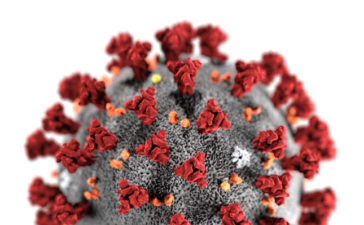While, healthy people usually have no problem if microorganisms find their way into their bodies as their immune defence system will put the spores out of action, a specific type of fungus can threaten lives with a compromised immune system, such as AIDS patients or who are immunosuppressed following an organ transplantation, says a new study.
Researchers have now discovered how the fungus — Aspergillus fumigatus — knocks out the immune defences, enabling a potentially fatal fungal infection to develop.
Among other factors, it is gliotoxin — a potent mycotoxin — that is responsible for the pathogenicity of Aspergillus fumigatus.

Pathogenicity refers to the ability of an organism to cause disease.
“It was known that this substance has an immunosuppressive effect, which means that it weakens the activity of cells of the immune defence system. However, it had not been clear previously how exactly this happens,” said Oliver Werz, Professor at the University of Jena in Germany.
To achieve this, they brought immune cells into contact with synthetically produced gliotoxin. These cells — neutrophilic granulocytes — represent the first line of the immune defence system.

Their task is to detect pathogens and eliminate them. As soon as such a cell comes into contact with a pathogen, for example a fungus, it releases specific messenger substances (leukotrienes) into the blood, which attract other immune cells. Once a sufficiently large number of immune cells has gathered, they can render the intruder harmless, findings showed, published in the journal, Cell Chemical Biology.
This does not happen if the pathogen Aspergillus fumigatus is involved. Gliotoxin ensures that production of the messenger substance leukotrieneB4 in the neutrophilic granulocytes is inhibited, so that they are unable to send a signal to other immune cells. This is caused by a specific enzyme (LTA4 hydrolase) being switched off by the mycotoxin.
“This interrupts communication between the immune cells and destroys the defence mechanism. As a result, it is easy for spores – in this case the fungus – that enter the organism to infiltrate tissues or organs,” said Werz.





